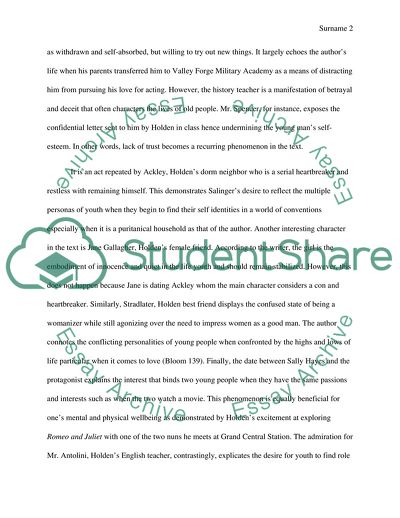Cite this document
(The Tormented Lifestyle of American Youth During the 1950s Literature review, n.d.)
The Tormented Lifestyle of American Youth During the 1950s Literature review. https://studentshare.org/sociology/1828735-the-catcher-in-the-rye-by-jd-salinger
The Tormented Lifestyle of American Youth During the 1950s Literature review. https://studentshare.org/sociology/1828735-the-catcher-in-the-rye-by-jd-salinger
(The Tormented Lifestyle of American Youth During the 1950s Literature Review)
The Tormented Lifestyle of American Youth During the 1950s Literature Review. https://studentshare.org/sociology/1828735-the-catcher-in-the-rye-by-jd-salinger.
The Tormented Lifestyle of American Youth During the 1950s Literature Review. https://studentshare.org/sociology/1828735-the-catcher-in-the-rye-by-jd-salinger.
“The Tormented Lifestyle of American Youth During the 1950s Literature Review”. https://studentshare.org/sociology/1828735-the-catcher-in-the-rye-by-jd-salinger.


